X-ray Fluorescence (XRF)
XRF spectrometers are robust elemental composition analysis instruments that are used the world over in industry and research as critical due diligence, positive materials identification, valuation, and regulatory compliance tools. An XRF spectrometer provides simultaneous analysis of a wide range of elements, and can be used as either a qualitative screening tool or a fully quantitative elemental analysis instrument.
In general, analysis with XRF spectrometry is nondestructive, not altering the sample in any way. The only technical exception to this nondestructive property is that some samples need to be prepared for analysis. Whether or not samples need to be prepared (grain size reduced, homogenized, etc.) depends on the analyst’s data quality objectives, as well as the sample’s initial chemical and physical makeup.
The CAIS X-ray Fluorescence (XRF) Laboratory operates multiple portable and laboratory based XRF systems. Our commitment to high quality XRF data extends to the development of user specific analytical calibrations for solids, powders, liquids, ash, obsidian, historic copper alloys and ceramics for example, and training in the proper use, calibration and data reporting for pXRF.
Current ED-XRF instrumentation includes:
Bruker Tracer 5g | 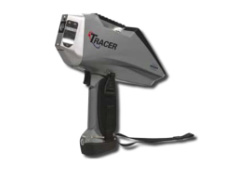 |
Bruker Tracer 5i | 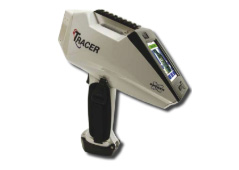 |
Bruker Tracer III-SD | 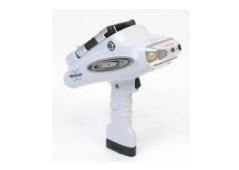 |
Olympus/Innov-X X-50 | 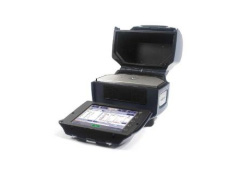 |
Thermo Niton XLt | 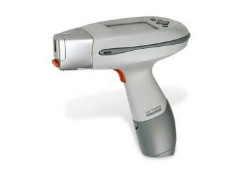 |
Thermo Scientific ARL Quant’X | 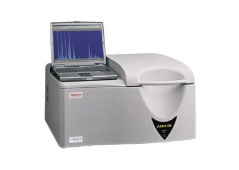 |
Sediment and Rock Core Scanning:
X-ray Fluorescence (XRF) Core Scanning is a non-destructive analysis for relatively fast and closely spaced analysis of major and minor elements by scanning the surface of split sediment and rock cores.
CAIS is equipped with a DeWitt Systems MCS-1000E XRF Core Scanner equipped with a Bruker Tracer 5i which can analyze the entire suite of elements from sodium (Na) to uranium (U).
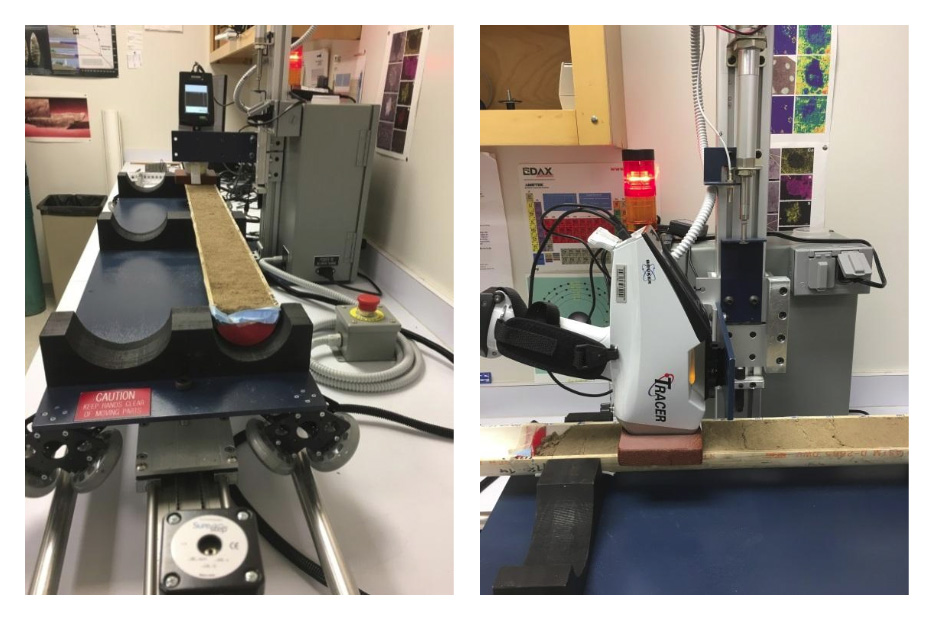
Example of CAIS core data:
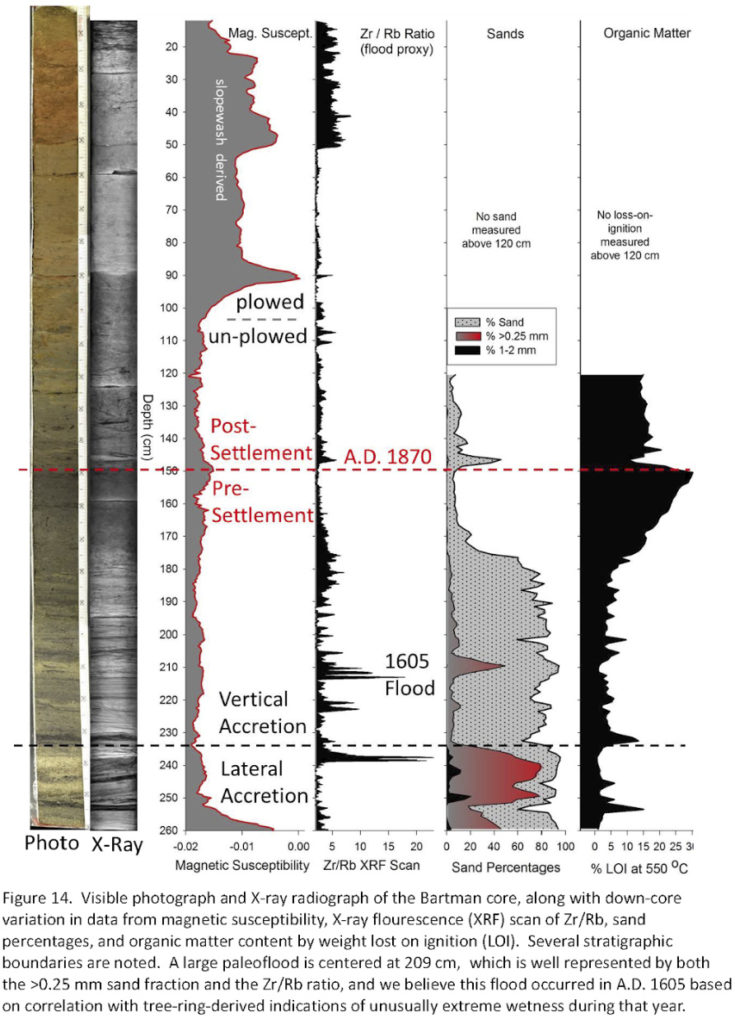
From: Leigh, David S., Adam M. Milewski, Robert J. Speakman (2017). Paleofloods in the Tennessee River Basin: Pilot Demonstration by the University of Georgia. University of Georgia Geomorphology Laboratory Research Report 6. Submitted to the Electrical Power Research Institute (EPRI).
X-ray Diffraction (XRD)
 For mineralogical studies X-ray powder diffraction is available through the UGA Geology Department X-ray Diffraction Laboratory. The current XRD system is a Bruker D8-Advance. Research programs serviced by the XRD facility include: 1) Studies on the geologic record of climate change, 2) economic geology, 3) archeology, 4) geomic robiology, 5) paleo- and modern ecology, and 6) continental dynamics. The facility also provides ancillary service to UGA researchers in chemistry, physics, food science, and pharmacy, as well as service to smaller regional geosciences departments with limited analytical resources. The system resides in a 37 m2 (400 ft2) room that also houses computers to support data analysis. Computers in the lab are equipped with a wide range of crystallographic software for pattern simulations (NEWMOD, CrystalDiffract, and Wildfire), cell refinements (Rietveld refinement), crystal structure presentation (CrystalMaker), and the ICDD PDF-2 data base. Standard turnaround time for XRD analyses is 4-6 weeks.
For mineralogical studies X-ray powder diffraction is available through the UGA Geology Department X-ray Diffraction Laboratory. The current XRD system is a Bruker D8-Advance. Research programs serviced by the XRD facility include: 1) Studies on the geologic record of climate change, 2) economic geology, 3) archeology, 4) geomic robiology, 5) paleo- and modern ecology, and 6) continental dynamics. The facility also provides ancillary service to UGA researchers in chemistry, physics, food science, and pharmacy, as well as service to smaller regional geosciences departments with limited analytical resources. The system resides in a 37 m2 (400 ft2) room that also houses computers to support data analysis. Computers in the lab are equipped with a wide range of crystallographic software for pattern simulations (NEWMOD, CrystalDiffract, and Wildfire), cell refinements (Rietveld refinement), crystal structure presentation (CrystalMaker), and the ICDD PDF-2 data base. Standard turnaround time for XRD analyses is 4-6 weeks.
For additional information on XRF click here
Representative CAIS publications related to XRF Analyses:
Jones, Travis W., Robert J. Speakman, Bill Billeck, Robert J. Hoard (2018). A Multi-Regional Obsidian Database for the Eastern Plains. Plains Anthropologist. DOI 10.1080/00320447.2018.1480860.
Jones, Travis W., Jennifer Birch, Ronald F. Williamson, Timothy J. Abel, Robert J. Speakman, Louise Lesage (2018). Steatite Characterization using X-Ray Fluorescence and Insights into Northern Iroquoian Interregional Interaction. Journal of Archaeological Science Reports 20:506–515.
Hunt, Alice M.W., and Robert J. Speakman (2015). Portable XRF Analysis of Archaeological Sediments and Ceramics. Journal of Archaeological Science 53:626–638.
Hunt, Alice M.W., Douglas K. Dvoracek, Michael D. Glascock, Robert J. Speakman (2014). Major, Minor and Trace Element Mass Fractions Determined using ED-XRF, WD-XRF and INAA for Five Certified Clay Reference Materials: NCS DC 60102–60105; NCS DC 61101 (GBW 03101A, 03102A, 03103, and 03115). Journal of Radioanalytical and Nuclear Chemistry 302:505–512.
